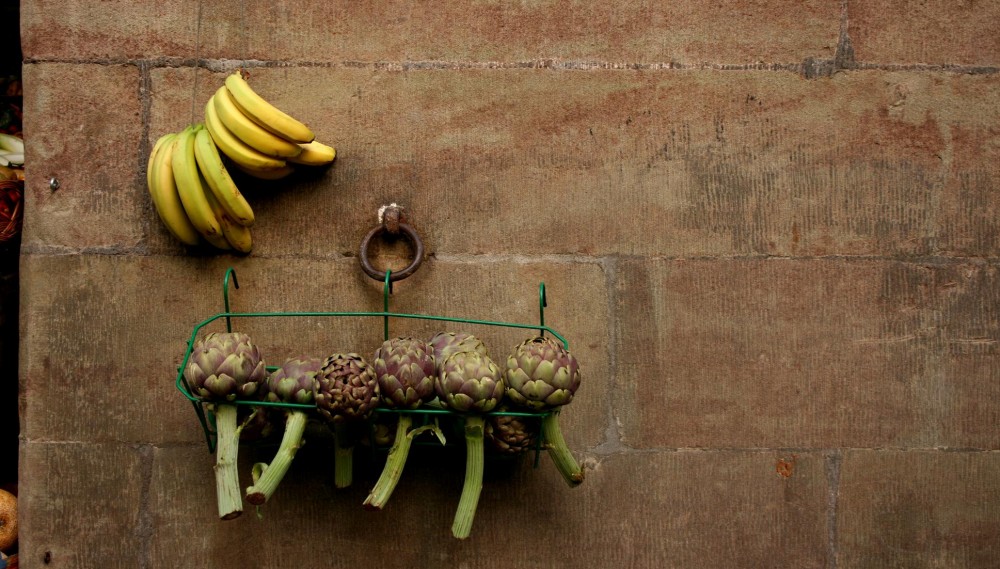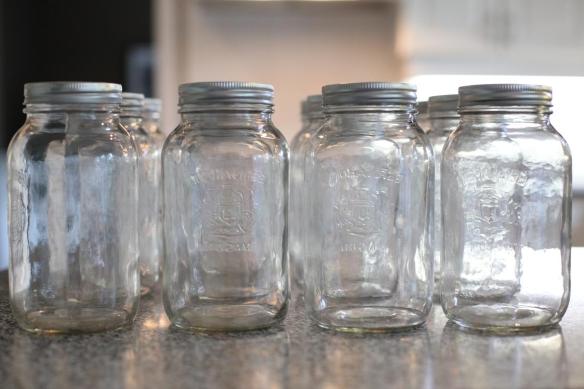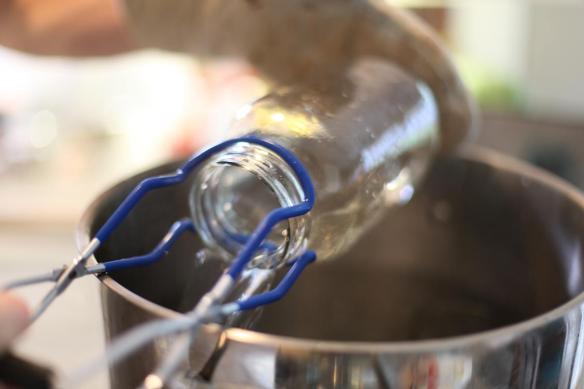In a book that changed my understanding of food, Jonathan Safran Foer (author of Eating Animals), describes Thanksgiving:
Of the thousand-or-so meals we eat every year, Thanksgiving dinner is the one that we try most earnestly to get right. It holds the hope of being a good meal, whose ingredients, efforts, setting, and consuming are expressions of the best in us. More than any other meal, it is about good eating and good thinking.
I couldn’t agree more. Thanksgiving and Christmas are my two favourite celebrations of the year, and the turkey which sits as a prized dish at the centre of the table is a symbol of the annual ritual that brings all our loved ones together. Yet Foer’s depiction of our relationship to turkeys seems to speak otherwise:
And more than any other food, the Thanksgiving turkey embodies the paradoxes of eating animals: what we do to living turkeys is just about as bad as anything humans have ever done to any animal in the history of the world.
Having researched and visited factory farms where he experienced the deplorable living conditions of these birds, Foer asks the simple question: Should we serve turkey at Thanksgiving?
I asked myself the same question when I first started becoming more conscious of the lives of animals on factory farms. According to the Turkey Farmers of Canada, last year alone Canadians consumed 142 million kg of turkey. Thanksgiving and Christmas apparently account for the two largest purchases of turkey. During last year’s Thanksgiving, 3.1 million whole turkeys were purchased by Canadians, equal to 35% of all whole turkeys that were sold over the year. That is a whole lot of turkey, and one can only imagine how these birds end up on our dinner plates.
In a factory farm, thousands of turkeys are housed together in a large space with barely any room to maneuver. They are debeaked i.e. their upper beaks are snipped off with machinery to prevent them, while being confined with thousands of others, from pecking at each other. Foer describes a farm that he visited, where there were “tens of thousands of turkey chicks … huddled in groups, asleep beneath the heat lamps installed to replace the warmth their broody mothers would have provided.”
Instead of open pastures where turkeys can forage, the factory farm is characterized by “lights, feeders, fans, and heat lamps evenly spaced in a perfectly calibrated artificial day.” Food writer, Kristin Wartman, describes the living conditions of turkeys on these farms:
Industrially produced turkeys spend their first three weeks of life crammed into a brooder with hundreds of other birds. In the fourth week, turkey chicks are moved from the brooder to a giant window-less room with 10,000 other turkeys where bright lights shine 24 hours a day. With the lights constantly blaring, natural sleeping, eating, and fertility patterns are completely disrupted and the turkeys are, for the most part, kept awake and eating non-stop. Turkeys have an instinct to roost, or to clutch something when they sleep, but on the floor of a crowded room there is no such opportunity. If this is starting to sound like torture to you, you’re on the mark.
Like all animals, turkeys are sentient beings. They experience pain and pleasure. In a factory farm they undergo tremendous stress from having to survive in an overcrowded environment and where they are unable to live a free life.
After reading Eating Animals and watching documentaries like Food Inc. I felt the only recourse was to refrain from eating meat. Period. The only problem with that is (a) I LOVE meat and (b) I love turkey at Thanksgiving and Christmas.
Fortunately, there are farmers out there who value the lives of animals, and are committed to raising animals in an ethical manner. I started to seek out these individuals. I went to farmers markets, spoke to people, read blogs. One thing I’ve learned is that farmers sell more than what they bring to the market. Steve can sell vegetables at the market but raise sheep, turkeys and chickens that you can buy straight from his farm. So it’s a good idea to talk to farmers because there’s a lot more that they offer than what you see at their stands at the weekend market.
For the past few years I’ve been buying my turkey from local farmers who raise their turkeys in an open pasture, where they get to eat grubs, worms, grass and clover. These animals taste so much better. In factory farms, in the dark light or constant brightness turkeys are fed feed and because they don’t have much room to move around, or obtain natural light, they don’t grow properly. How can a bird living under these conditions ever taste good? How can it be healthy?
There’s always the issue of cost. I saw a Butterball turkey yesterday at the grocery store for $3.30/lb. I buy my turkey for $4.35/lb. The difference in price is not that substantial especially when I consider what I’m getting: a fresh, healthy animal that lived a happy life. Isn’t it worth it?
In a letter to his daughter in 1784 (an excerpt here), Benjamin Franklin questioned whether the bald eagle should serve as the national bird of the United States of America:
I am on this account not displeased that the Figure is not known as a Bald Eagle, but looks more like a Turkey. For the Truth the Turkey is in Comparison a much more respectable Bird, and withal a true original Native of America…
I wonder what Franklin would think of how we treat the turkey today?
I wish you all a happy thanksgiving this year and for years to come. I also encourage you to think a little more about how valuable Thanksgiving is, and the meaning of appreciation we attach to this important day. Should we not do the same for the animals we eat?




















